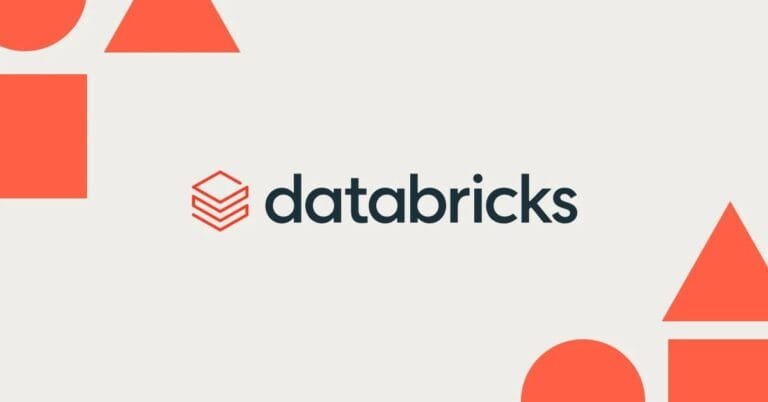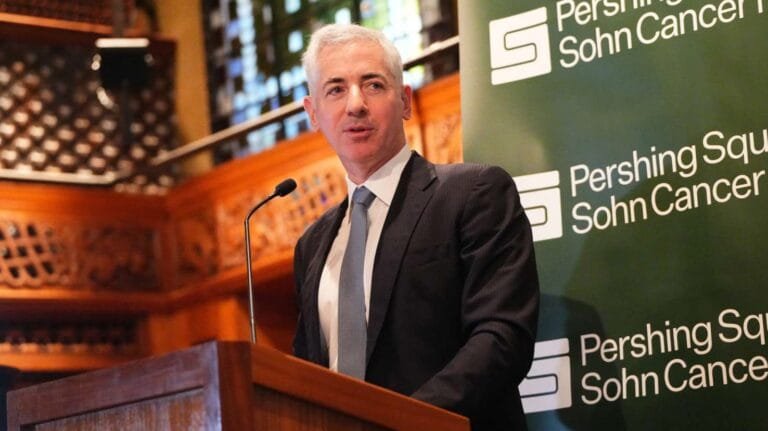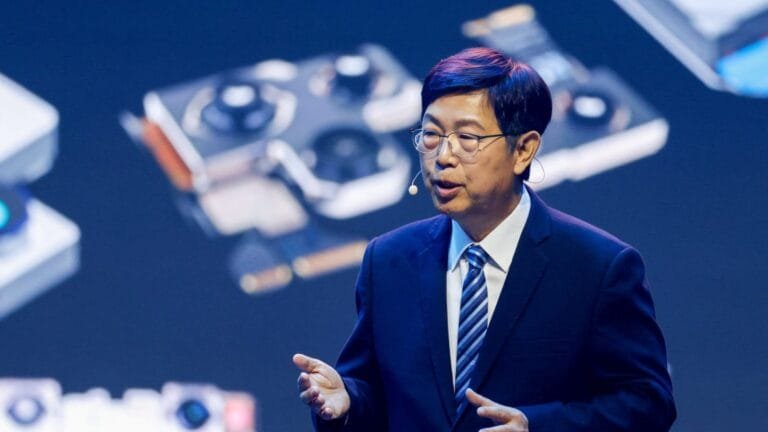
ACS partners with GIP to launch a €23B data center venture targeting AI and cloud growth.
Speaking of ACS, ACS GIP Joint Venture
ACS stands for Actividades de Construcción y Servicios, a major Spanish construction company. Founded in 1997, headquartered in Madrid, ACS builds roads, bridges, airports, and energy projects worldwide. The company has built over 5.5 GW of data centers to date. Despite this, ACS GIP Joint Venture ACS is constantly exploring new areas, particularly renewable energy and digital infrastructure. The company’s CEO is Florentino Pérez, who is also the president of Real Madrid Football Club.
ACS operates in Europe, the United States, and Australia, but has over 200,000 employees. always seeks partnerships, which are key to its rapid growth. ACS recently created a digital and energy division, called “Digital & Energy.” This division will focus on data centers. The company sees demand for AI and cloud computing, which is why it invests in these areas. ACS’s goal was to create a value of 3-5 billion euros by 2030. However, this deal exceeds that. ACS specializes in construction and still completes projects on time. The company takes environmental concerns into account, such as using green energy.
Background of BlackRock and GIP
BlackRock is the world’s largest investment company. It was founded in 1988 and is headquartered in New York. The company has over $10 trillion in assets. BlackRock invests in stocks, bonds, and infrastructure. Recently, the company has been focusing on AI infrastructure. BlackRock acquired GIP, which stands for Global Infrastructure Partners. GIP, formed in 2006, specializes in infrastructure projects such as airports, ports, and energy. GIP recently invested in a data center company called Aligned. It was a partner with Microsoft and Nvidia, with a total value of $40 billion. GIP is now part of BlackRock.
BlackRock acquired GIP for $12 billion. GIP views data centers as a utility, as demand is constant. Entry barriers are high. GIP will benefit from its partnership with ACS and ACS’s construction skills. BlackRock sees AI growth. According to Morgan Stanley, tech companies will spend $400 billion on AI infrastructure this year. BlackRock wants to become a major player in this market.
ACS GIP Joint Venture Details
ACS and GIP formed a 50-50 joint venture. The initial portfolio is worth 2 billion euros ($2.3 billion) and includes ACS’s existing data center assets. These assets are in the development stage, totaling 1.7 gigawatts of capacity. Locations include Europe, the US, and Australia. ACS will transfer these assets to the JV. In return, it will receive 1 billion euros in cash, plus up to 1 billion euros in earnout payments, dependent on milestones. For example, if the projects are commercial, an additional 200 million euros will be available if other projects are approved. ACS will receive a 100 million euro capital gain, and the total deal value could reach 23 billion euros. This includes 5 billion euros in equity, which partners will gradually contribute.
18 billion euros in debt. This represents a 50% stake in ACS’s Digital & Energy division. GIP will acquire the remaining 50%. The deal will provide ACS with more capital and allow it to expand rapidly. The JV’s focus is AI and cloud computing. Over 11 GW of projects are in the pipeline. Locations include North America, Europe, and Asia-Pacific. News of this deal first appeared in the Expansion newspaper, followed by the official announcement.
What are data centers ACS GIP Joint Venture
Data centers are large buildings that house computers and servers. They store, process, and power the internet. Every app, website, and cloud service relies on data centers. Companies like Google, Facebook, and Amazon rely on them. Data centers have cooling systems. Because machines heat up, power backup is essential. Security is high. Data centers use a lot of energy, hence the focus on green energy. Furthermore, AI has increased demand. AI models train on big data, such as ChatGPT. They require powerful GPUs. Data centers handle AI workloads. As the number of data centers worldwide increases, challenges arise: power supply, land, permits, cooling, connectivity, cost control, achieving scale, securing tenants, and managing debt.
The Role of Data Centers in AI
AI works like the human mind, but it requires infrastructure. Data centers are the backbone for AI. AI models perform millions of calculations in training. This requires high-speed servers and large storage. Data centers are growing due to AI demand, and Morgan Stanley estimates that tech companies will spend $400 billion on AI infrastructure. This year, the ACS-GIP JV will also focus on AI. They will build new centers that support AI workloads, such as machine learning and deep learning. AI is changing human life. In healthcare, finance, and entertainment.
But AI needs power, yet data centers use 1-2% of global electricity. More in the future. Therefore, sustainable solutions are essential, such as solar and wind, which are AI-adapted for the human mind – meaning, making AI human-like. But here, we are talking about data centers, so AI tools help the human mind, such as prediction, decision-making, but privacy issues, AI ethics. The JV will focus on these. It will build secure data centers.
Discussing market trends
The data center market is growing rapidly, driven by AI, 5G, and IoT. The global market is expected to exceed $300 billion by 2025. Investors are interested because returns are stable, similar to utilities. However, there are risks: energy costs, regulations, and competition. Major players like Equinix and Digital Realty. ACS-GIP is a new entrant, but strong. ACS understands construction. GIP investments are also high in Europe due to GDPR regulations. Tech hubs in the US, such as Silicon Valley, are growing in Australia. Asia-Pacific is a future market, such as India and China. The JV will expand in these regions. The 11 GW pipeline is significant. It will create thousands of jobs.
The economy boost, along with challenges and solutions, makes building data centers difficult. Power constraints: grid overload in many locations. Land is expensive. Obtaining planning permits is time-consuming. Water for cooling, but water scarcity. Connectivity fiber optics will be handled by a joint venture (JV) using ACS experience. GIP financing will be provided. They will follow sustainable practices, such as being carbon neutral.





